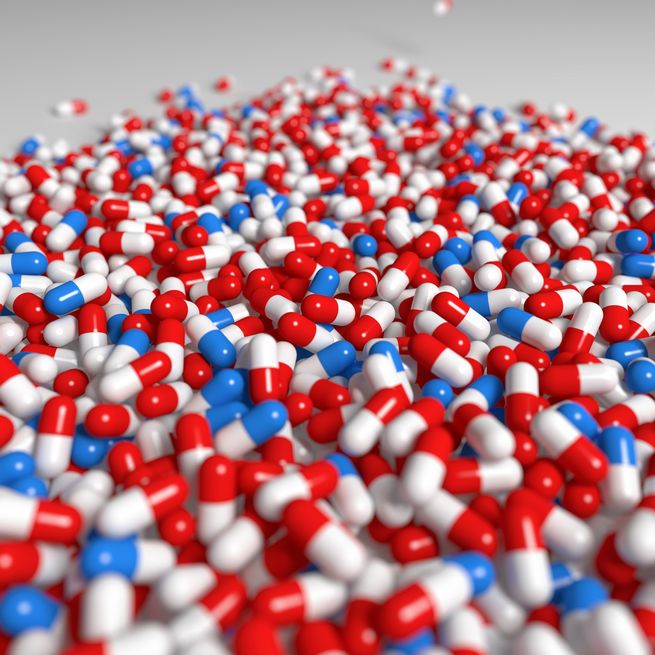Finasteride is a medication that has gained significant attention for its effectiveness in treating specific health conditions. Primarily, it is known for its role in managing hair loss and benign prostatic hyperplasia (BPH). As a 5-alpha-reductase inhibitor, finasteride works by blocking the conversion of testosterone into dihydrotestosterone (DHT), a hormone that contributes to both hair loss and prostate enlargement.
Mechanism of Action
The primary action of finasteride lies in its ability to inhibit the enzyme 5-alpha-reductase. This enzyme is responsible for converting testosterone into DHT. Elevated levels of DHT are linked to male pattern baldness and the development of BPH. By reducing the production of DHT, finasteride can help prevent further hair loss and alleviate symptoms associated with an enlarged prostate.
Dosage and Administration
Finasteride is typically available in tablet form and is administered orally. The standard dosages are as follows:
- For Hair Loss: 1 mg per day
- For Benign Prostatic Hyperplasia: 5 mg per day
It is essential for patients to take finasteride consistently at the same time each day to achieve optimal results. While some individuals may notice improvements in their condition within a few months, others might require longer treatment durations to observe significant effects.
Finasteride is a medication primarily used to treat hair loss and benign prostatic hyperplasia. It is typically administered orally in the form of a tablet, with the recommended dosage being 1 mg per day for hair loss and 5 mg per day for prostate enlargement. Consistency in daily intake is crucial for optimal results, and it may take several months to observe significant improvements. For more detailed information on the application and benefits of this medication, you can visit the Finasteride before page.
Benefits of Finasteride
The benefits of finasteride extend beyond just hair restoration and prostate health. Some key advantages include:
- Hair Regrowth: Many men experience noticeable regrowth after consistent use of finasteride.
- Prevention of Hair Loss: Finasteride can stabilize hair loss and prevent further thinning.
- Improved Urinary Symptoms: For those suffering from BPH, finasteride can relieve urinary issues such as frequency, urgency, and difficulty in starting urination.
- Long-term Results: Studies have shown that continued use of finasteride can yield sustained benefits for hair restoration and prostate health.
Potential Side Effects
While finasteride is generally well-tolerated, like any medication, it can cause side effects. Some potential adverse effects may include:
- Decreased libido
- Erectile dysfunction
- Breast tenderness or enlargement
- Rash or other allergic reactions
Most side effects are relatively rare and may diminish over time as the body adjusts to the medication. However, it is crucial for patients to discuss any concerns with their healthcare provider, especially if side effects persist or become bothersome.
Considerations Before Starting Finasteride
Before beginning treatment with finasteride, patients should consider the following:

- Consultation with a Healthcare Provider: A thorough consultation is necessary to assess whether finasteride is suitable based on individual health history.
- Pregnancy Considerations: Women who are pregnant or planning to become pregnant should avoid handling crushed or broken finasteride tablets due to potential risks to a developing fetus.
- Regular Monitoring: Regular follow-up appointments may be required to monitor prostate-specific antigen (PSA) levels and evaluate the effectiveness of treatment.
Conclusion
Finasteride has emerged as a valuable option for individuals looking to manage hair loss and benign prostatic hyperplasia effectively. Understanding the mechanism of action, proper dosage, potential benefits, and side effects is vital for anyone considering this medication. Always consult with a healthcare provider to ensure a tailored approach to treatment and to make informed decisions about health management.


